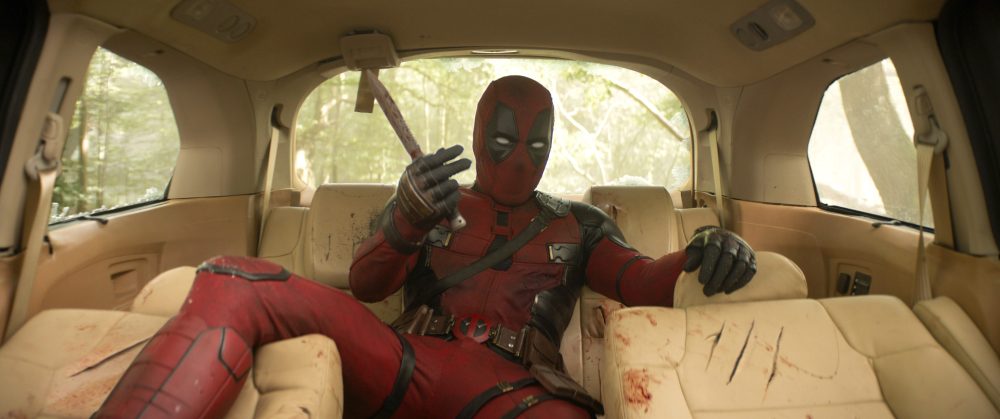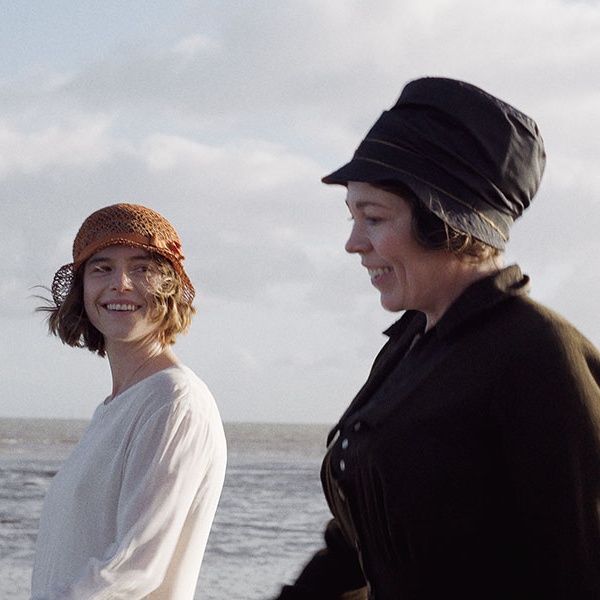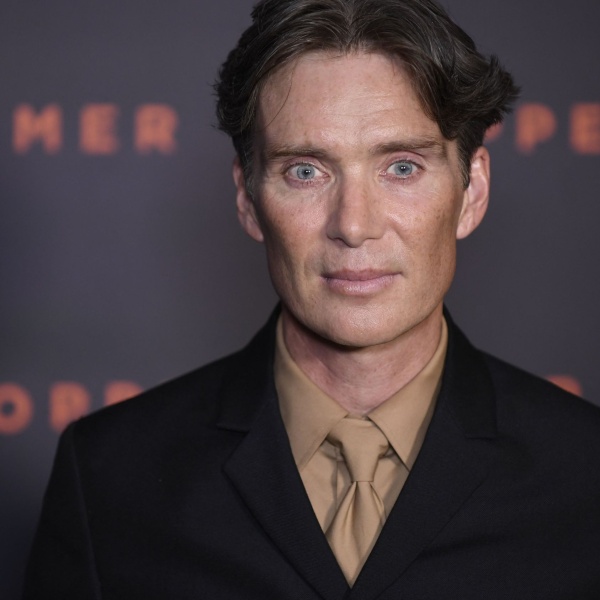Marvel’s “Deadpool & Wolverine” (Disney) grossed $38.5 million in Thursday previews. Though not a record (“Avengers: Endgame” took in $60 million), it suggests an opening above the projected $150 million-$200 million. However, it guarantees the easiest of predictions: This will make it the best opening for an R-rated film ever.
“Deadpool and Wolverine” will be the biggest opening weekend for an R-rated film as not only an unadjusted gross, but also adjusted to relative ticket prices. It should also easily score the biggest domestic total for an R-rated release, but it will remain far down the list of R-rated hits based on attendance.
At $371 million, it will become the highest grossing R-rated film. But it will need to gross $464 million — $100 million more than either of the two earlier “Deadpool” films — to even make the top 15 when comparing adjusted ticket prices.
We reviewed the top 10 films from every year since the MPA initiated ratings in November 1968. The results are astonishing — R (or even X or unrated) films used to be common among most year’s biggest hits, at least through the mid 1990s. Now they are rare.
Here’s a list of the biggest-grossing R-rated films from 1969-2024. They are adjusted to the average 2023 ticket price of $10.78, per The Numbers. (2024 averages are not available.)
1. “The Exorcist” (1973, $1.194 billion adjusted)
2. “The Godfather” (1972, $852 million adjusted)
3. “Beverly Hills Cop” (1984, $725 million adjusted)
4. “Blazing Saddles” (1973, $679 million adjusted)
5. “National Lampoon’s Animal House” (1978, $647 million adjusted)
6. “The Passion of the Christ” (2004, $644 million adjusted)
7. “The Rocky Horror Picture Show” (1975, $595 million adjusted)
8. “One Flew Over the Cuckoo’s Nest” (1975, $579 million adjusted)
9. “M*A*S*H” (1970, $578 million adjusted)
10. “Terminator 2: Judgment Day” (1991, $526 million adjusted)

“The Exorcist”
“Deadpool & Wolverine” has a real shot at joining that list, but it will need a sustained run and repeat viewers. Three “Avengers” films and the first “Black Panther” performed that well, but today “Deadpool” must face an overall decline in moviegoing, lagging enthusiasm for Marvel titles, and the R rating. If Ryan Reynolds can pull that off, well played indeed.
The opening weekend unadjusted record should be easily broken. It’s currently held by the 2016 “Deadpool” ($132 million), which also holds the adjusted record of $156 million. “The Passion of the Christ,” currently #1 unadjusted in total gross at $371 million, opened on a Wednesday; that reduced its first weekend total. (“Deadpool” and “American Sniper” are close behind among all-time unadjusted R-rated titles).
Studios don’t often make heavy investments in R-rated movies as they try to reach the widest possible audience. In the 21st century (2001-2023), out of 230 films in the annual top 10 only 17 were rated R — about 7.4 percent. Looking across the life of the ratings system, about 30 percent of each year’s top 10 (163 out of 550 films) were R, X, NC-17 or un-rated.
For the first seven years of the rating system (1969-1975), nearly half of the top films (33 of 70) were R- or X-rated. This included five of the seven Oscar Best Picture winners, but also comedies (“M*A*S*H” and “Blazing Saddles”), epics (“Ryan’s Daughter”), a horror title (“The Exorcist”) action films (“Dirty Harry”), even a porn film (“Deep Throat”).
The shift away from R ratings began with the birth of the wide-release blockbuster and the franchise culture that followed. “Jaws,” “Star Wars,” “Raiders of the Lost Ark” were all PG, illustrating the value of the under-17 audience. The goals shifted from smaller profits from many films to much larger profits on fewer titles.
Another impact was the success of “Titanic” (adjusted, the biggest grossing film of the last 40 years). Among other things, it showed a PG-13 film could still convey intense sexiness to great success.

The arrival of the PG-13 rating may also have played a role. It came in 1984, after criticism that the PG-rated “Indiana Jones and the Temple of Doom” warranted more than PG for its violence. Borderline content that might have led to an R rating could be more readily encompassed by PG-13. Evolving standards mean that language, violence, and some sexual content that might have been R rated is easier to pass in a PG-13 film.
Another major change came from the increasing importance of foreign markets, China in particular. This began to shape content choices, with considerations for censorship and conservative standards, which also led to a decrease in sdult-oriented dramas and comedies. Sexual material became much easier to access via cable, streaming, and the internet, removing any unique role theaters had in its availability.
“Deadpool” (which was a 20th Century Fox title) broke ground as an R-rated Marvel film. Wherever the latest version lands, it will prove that ratings aren’t necessarily the R-rate boogeyman once feared.







